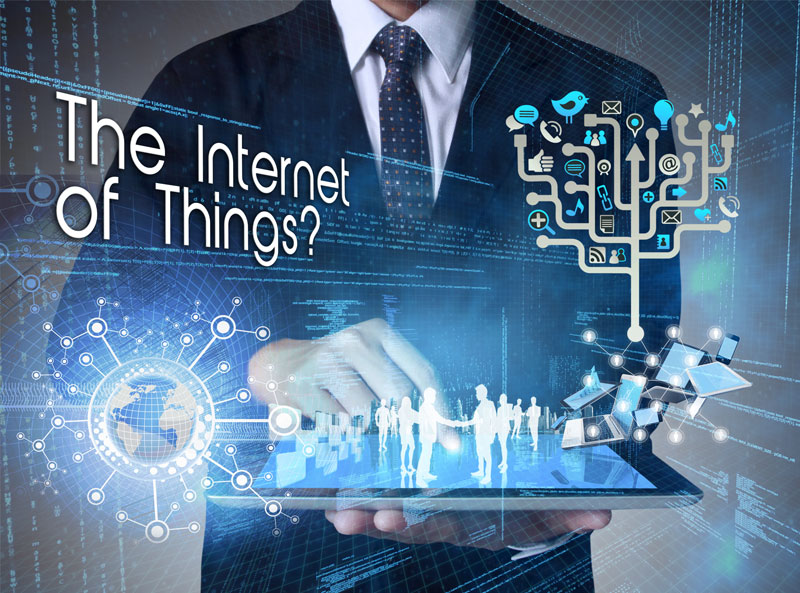
The Internet of Things – There’s no stopping it!
 “The Internet of things is coming, be the disrupter or prepare to be disrupted. There’s no stopping it” said Joe Tucci, CEO of EMC, during this year’ Mobile World Congress in Barcelona.
“The Internet of things is coming, be the disrupter or prepare to be disrupted. There’s no stopping it” said Joe Tucci, CEO of EMC, during this year’ Mobile World Congress in Barcelona.
The term “Internet of Things”(IoT) emerged as a buzzword over the last year to describe the phenomenon of network-connected sensors incorporated into devices that in the past were standalone appliances. Basically, the Internet of things is a scenario in which objects, animals or people are provided with unique identifiers and the ability to automatically transfer data over a network without requiring human-to-human or human-to-computer interaction.
There are many specialists that say just about every business will become an IoT business, and the benefits are so profound that it is inevitable that this will happen. By connecting devices over the Internet and wirelessly over mobile networks, companies can manage a wide range of new services for their customers. This is why Google announced in January that it would pay more than $3 billion for Nest’s smart thermostat and smoke alarm technology.
The numbers being forecasted for the Internet of Things are truly spectacular. BI Intelligence finds that the number of everyday and enterprise devices that will soon be connected to the Internet — from parking meters to home thermostats — will be huge: 1.9 billion devices today, and 9 billion by 2018, roughly equal to the number of smartphones, smart TVs, tablets, wearable computers, and PCs combined.
In the consumer space, many products and services have already crossed over into the IoT, including kitchen and home appliances, lighting and heating products, and insurance company-issued car monitoring devices that allow motorists to pay insurance only for the amount of driving they do.
Here are some of the top business-to-business and government applications for the IoT:
-
Connected advertising and marketing – How would Internet-connected billboards look like? This will sure be one of the top three IoT categories, along with smart factories, and telecommuting support systems.
-
Intelligent traffic management systems – Machina research sees $100 billion in revenue by 2020 for applications such as toll-taking and congestion penalties. A related revenue source will be smart parking-space management, expected to drive $30 billion in revenue.
-
Waste management systems – According to BI’s research, in Cincinnati, residential waste volume fell 17% and recycling volume grew by 49% through use of a “pay as you throw” program that used IoT technology to monitor those who exceed waste limits.
-
Smart electricity grids that adjust rates for peak energy usage – These will represent savings of $200 billion to $500 billion per year by 2025, according to the McKinsey Global Institute.
Finally, what we need to keep in mind is that the Internet of Things is a vision, it is being built today. The stakeholders are known, the debate has yet to start.
Photo credit:www.switchscribe.com





Pingback: The Internet of Things – There’s no stopping it! | Rickscloud | kwalitisme
Pingback: There’s no stopping it! | Pure Leverage Semantic Consulting
Pingback: Smart home gadgets that make you feel like home | Rickscloud
Pingback: There’s no stopping it! | Big Data Business Hub
Pingback: How about some Data-as-a-Service for your enterprise? | Rickscloud
shisha pen flavors
Hi there! Quick question that’s entirely off topic.
Do you know how to make your site mobile
friendly? My web site looks weird when browsing from my iphone4.
I’m trying to find a theme or plugin that might be able to resolve
this problem. If you have any recommendations, please share.
With thanks!
Rick Blaisdell
Hello, in order to have a smartphone optimized website, it would be better to hire a team that can manually do it, rather than use an automatic plugin. Best regards,Rick.